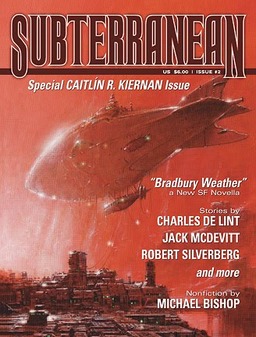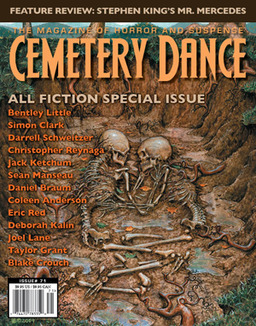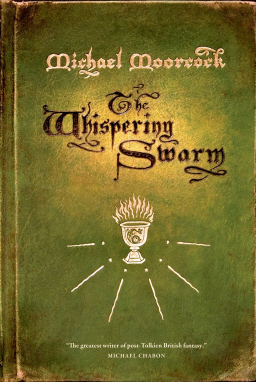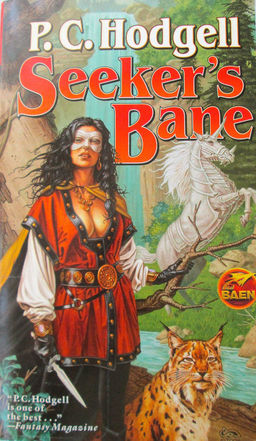Game Changers
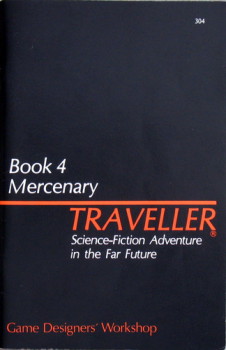 In previous posts, I may have mentioned that, as a kid, there were three roleplaying games that I liked – and played – above all others: Dungeons & Dragons, Traveller, and Call of Cthulhu. I played lots of other games, too, but these were the ones that most strongly captured my imagination. Because I played these three so much, I was also a voracious consumer of supplementary materials produced for them. Of course, being a young person, my funds were limited; I had to be judicious in what I purchased. Consequently, I tended to put a priority on items I deemed to have the most overall utility. This meant, in the case of AD&D for example, that I placed greater value on hardcover rulebooks than on adventure modules (though I still bought plenty of adventures over the years).
In previous posts, I may have mentioned that, as a kid, there were three roleplaying games that I liked – and played – above all others: Dungeons & Dragons, Traveller, and Call of Cthulhu. I played lots of other games, too, but these were the ones that most strongly captured my imagination. Because I played these three so much, I was also a voracious consumer of supplementary materials produced for them. Of course, being a young person, my funds were limited; I had to be judicious in what I purchased. Consequently, I tended to put a priority on items I deemed to have the most overall utility. This meant, in the case of AD&D for example, that I placed greater value on hardcover rulebooks than on adventure modules (though I still bought plenty of adventures over the years).
My appetite for such broadly “useful” supplements was practical, since my friends and I played RPGs a lot. We were young and well nigh addicted to this weird new form of game. During the summer months, we quite literally played all day long, from the time we got up until the time the sun set, taking brief breaks only to scarf down some food before returning to the table. I’d conservatively reckon that, in terms of raw hours of play, my friends and I had probably played more than had many of our elders who’d started roleplaying years before us. That’s the nature of youth, as we had the free time to indulge our boundless enthusiasm in a way that most people do not.
I hesitate to say that, because we played so much, we more quickly became jaded than did many of our peers, but it’s probably true nonetheless. We were constantly on the lookout for ways to take our campaigns in new directions, to stoke the flame of our RPG ardor. The first supplement that I remember achieving this was Book 4: Mercenary for GDW’s Traveller. My friends and I started playing Traveller with The Traveller Book, which was released in 1982. That book alone was enough to keep us busy for many, many months of science fiction adventure in the far future. However, we did eventually want more out Traveller and Mercenary fit the bill, providing us with new skills, equipment, and – most importantly – expanded rules for generating Army and Marine characters.
Mercenary changed the way we played Traveller forever. Previously, Merchants, Scouts, and Navy personnel were favored, because these careers were all space-based and thus what we considered to be the stuff of sci-fi. But Mercenary-generated characters were so much better than those generated using the original system. They had more (and better) skills, as well as lots of fun perks like advanced training and commendations. Our campaigns quickly shifted gears to focus on ground-pounding mercenaries involved in interstellar brush fire wars (which, as it turned out, was how nearly everyone else we knew played the game). Mercenary had a profound impact on us and extended the life of our ongoing Traveller campaign considerably.
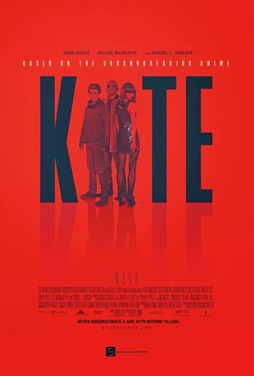 On Friday night, the cats came out at Fantasia.
On Friday night, the cats came out at Fantasia.